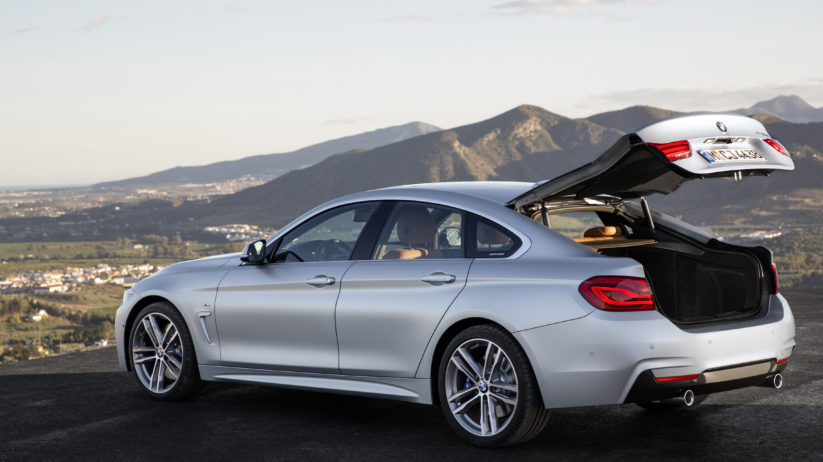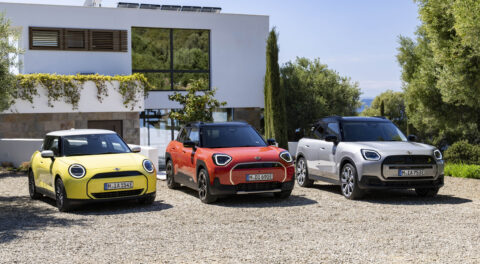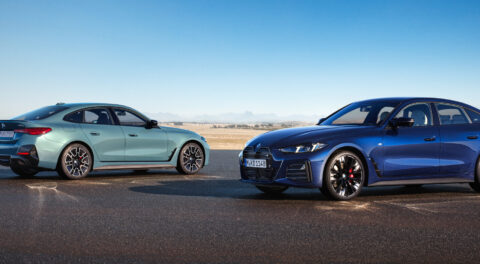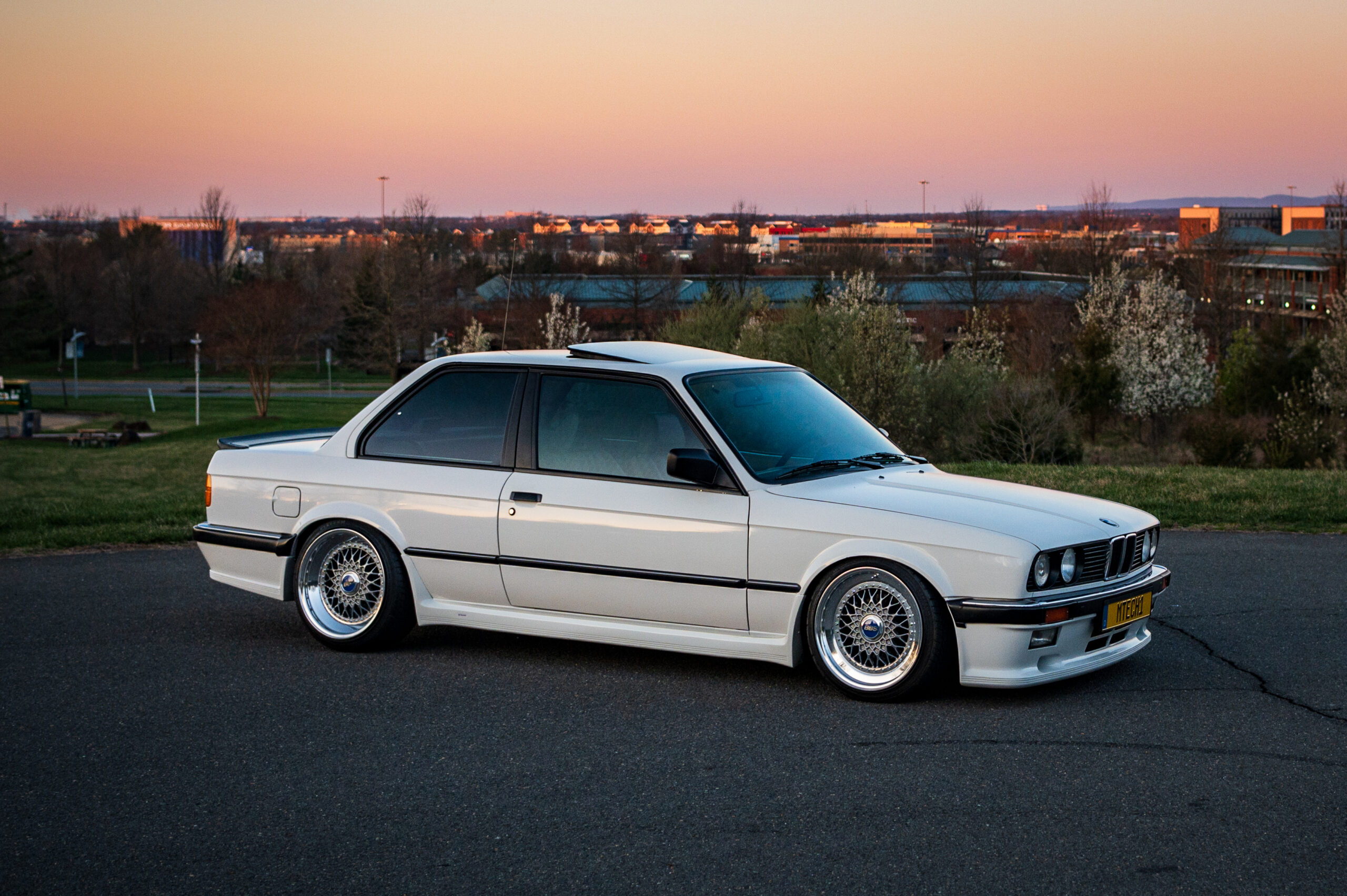Successful brands like BMW are lightning rods for criticism, and beyond the forum pundits who spend their days nitpicking details and arguing with other compatriots, auto journalists also find easy content in pointing out the faults of whatever it is BMW happens to be doing at any given moment. Most recently, the Internet has found issue with the possibility of BMW introducing a four-door version of the 2 Series, which would be marketed as—you guessed it—a Gran Coupé.
According to Gear Patrol, a website with a focus that is admitted not solely zeroed in on cars, BMW’s expanding model range, which uses creative model-naming schemes, is a problem, and one that “needs to die a quick death.”
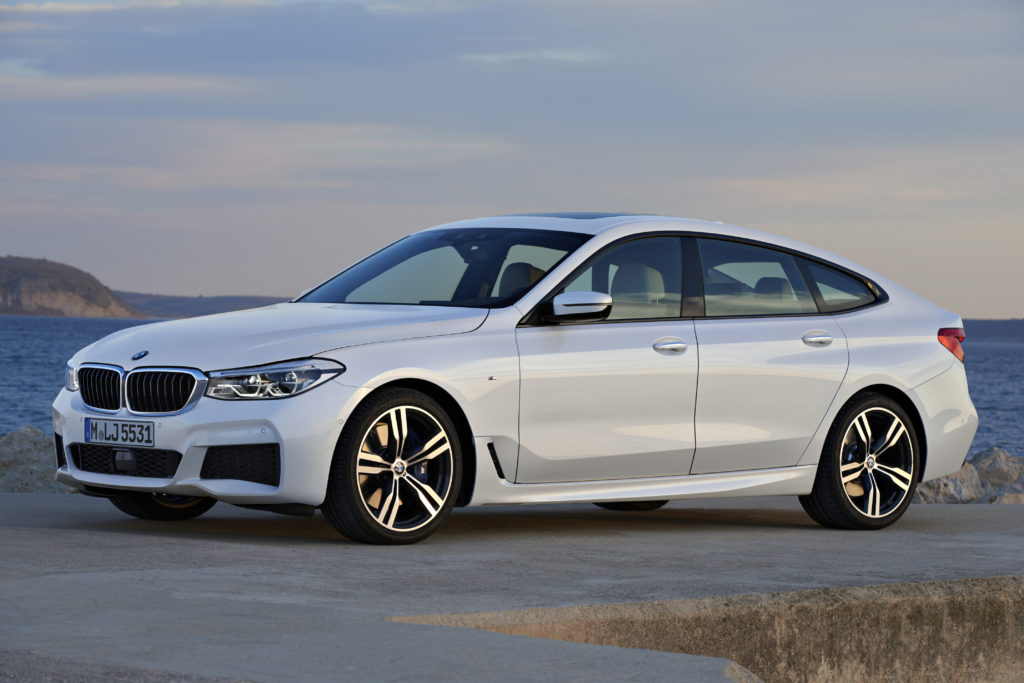
Why do models like the 4 Series Gran Coupé, 6 Series Gran Turismo, and others represent a problem? According to the article, the main complaint is that these models use confusing names that are not rooted in any sort of tradition or history, while simultaneously creating overlap within the lineup. It’s not just new-model offshoots, either; the piece finds issue with BMW’s splitting the Series lineup between odd and even numbers, the former representing traditional sedans, for the most part, and the latter applied to models that began as two-doors. Real, substantive issues, like flagging sales and mounting production costs, are not discussed, of course, because these are not problems affecting BMW as a result of its model blitz.
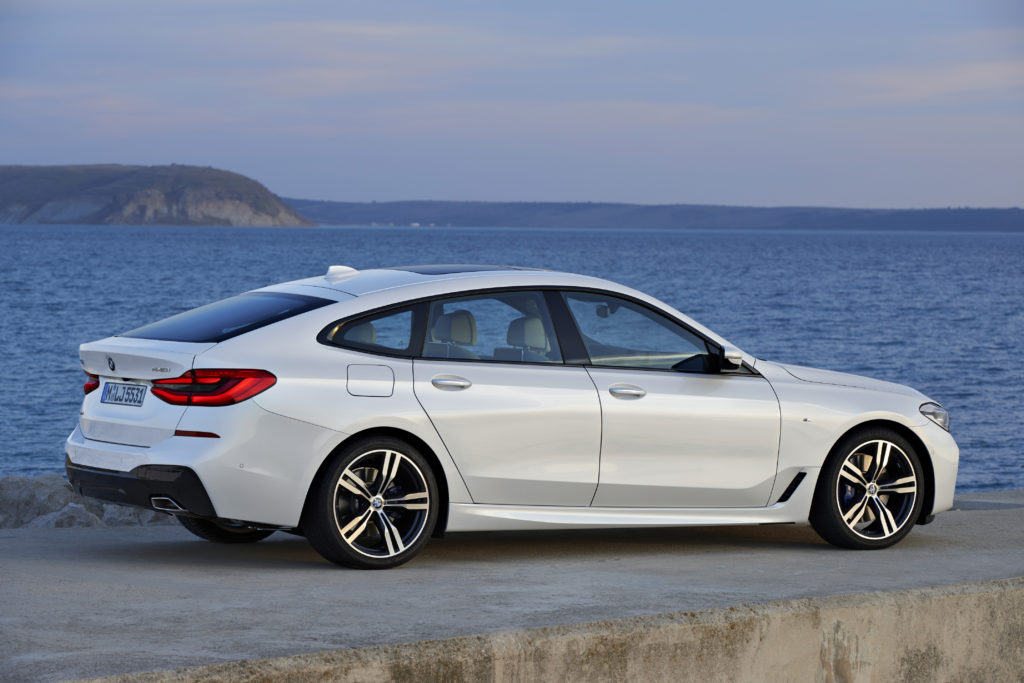
For those without a concrete understanding of automotive history and segments that have long since vanished, models like Gran Coupés, especially, might seem like a harebrained concoction with no real background. However, the traditional two-plus-two coupe was a mainstay of many automaker’s lineups from the 1950s up until the 1990s, and modern big-body Gran Coupés from BMW—and CLS models from Mercedes-Benz—are the modern extension: four seats with ample room in a larger footprint, this time with four doors instead of two. Of course they’re based on coupes; two-plus-two models have always been aimed at the well-heeled who can spare a bit of practicality today (or performance in decades gone by) in exchange for exquisite lines and altered carrying capacity.
Sure, the model designations might be confusing, and difficult to classify at first, but like BMW’s odd-even naming scheme, it only takes a few moments of research to comprehend. Gran Coupés are, as we said, based on platforms that were initially unveiled with two-doors. Larger ones might have just two seats in the rear, while more entry-level iterations, like the 4 Series, offer the advantage of a folding rear bench which allows for a cavernous storage area. Gran Turismo models, like the since-nixed Five and 3 Series, are based on four-doors, but with an expanded rear section that, like the Gran Coupé, opens as a hatchback. Gran Turismo models are typically less aggressive and less elegant in their styling, but offer increased interior storage capacity for cargo and occupants thanks to their more upright greenhouse.
Why do these cars exist? Automakers are always trying to reinvent their products to woo buyers from competitors. The sloped-back approach was first tried at scale back in the late 1970s, in the form of the American Aeroback sedan. Mercedes-Benz reignited the segment in 2005 with the market debut of the CLS, a class that has since spawned rivals such as the Six and 8 Series Gran Coupés, along with alternatives like the A7, S7, and RS7 from Audi, who recently added an RS5 Sportback to its offerings.
The same logic can be applied to the 2 Series, the focus of Gear Patrol’s scrutiny. Mercedes-Benz and Audi both offer entry-level FWD models, the CLA and A3. BMW is rumored to be considering introducing a 1 Series sedan in the U.S., which would likely be FWD, while the 2 Series Gran Coupé, which would arrive with the next generation, would be the more attractive, aesthetically pleasing variant. Interestingly enough, in the meantime, one can still opt for the RWD 3 Series as an alternative to the FWD entry-level counterparts from the other German luxury players.
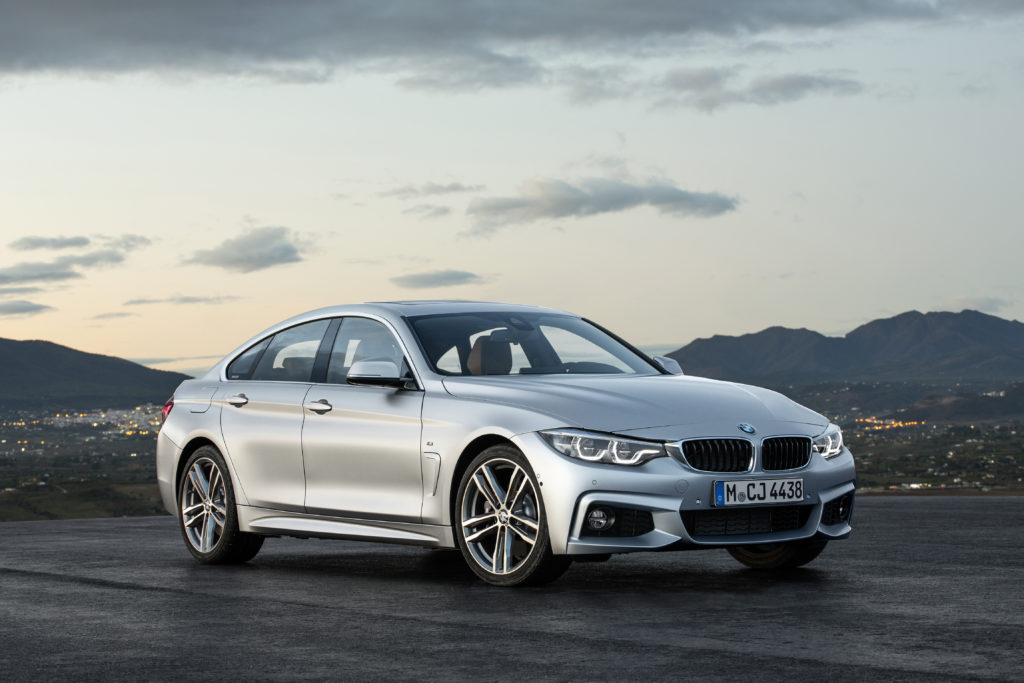
With the exception of the Three and 5 Series GT models—which missed the mark entirely, and were likely released before the world was ready for them—these cars sell incredibly well. The 4 Series Gran Coupé is among the best-selling and most popular four-door BMW models available. Several years after its introduction, people are still in love with the lines of the 6 Series Gran Coupé, which is expected to be replaced by a four-door 8 Series and M8 within the year.
Thus it seems that Gran Coupés, Gran Turismos, and all sorts of other initially unconventional models from BMW might be better viewed as solutions than problems. Considering BMW’s manufacturing prowess and newest round of masterfully differentiated platform-sharing, these cars allow the brand to appeal to a greater number of potential customers—which means that the budget responsible for pavement-destroying icons like the M3 and M5 can be preserved, so we can all continue to be astonished with every new generation.—Alex Tock
[Photos courtesy BMW AG.]

